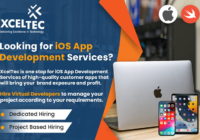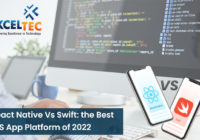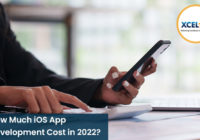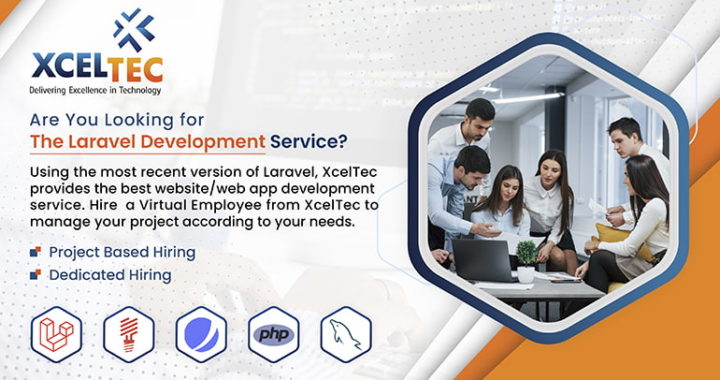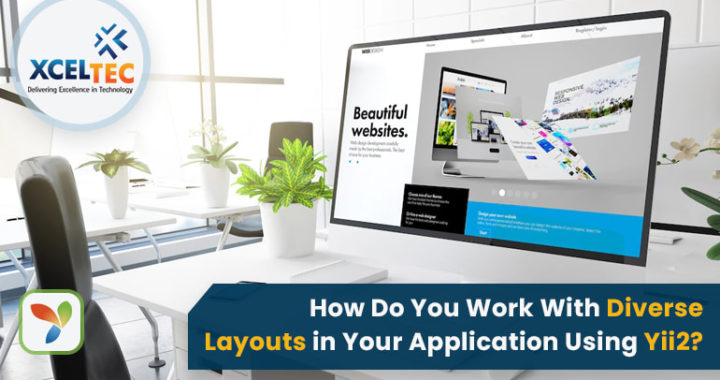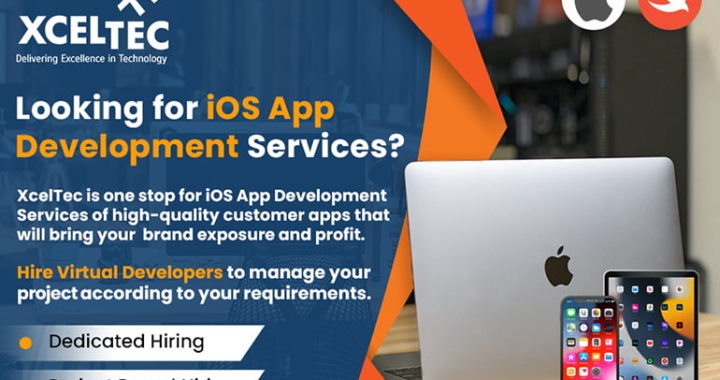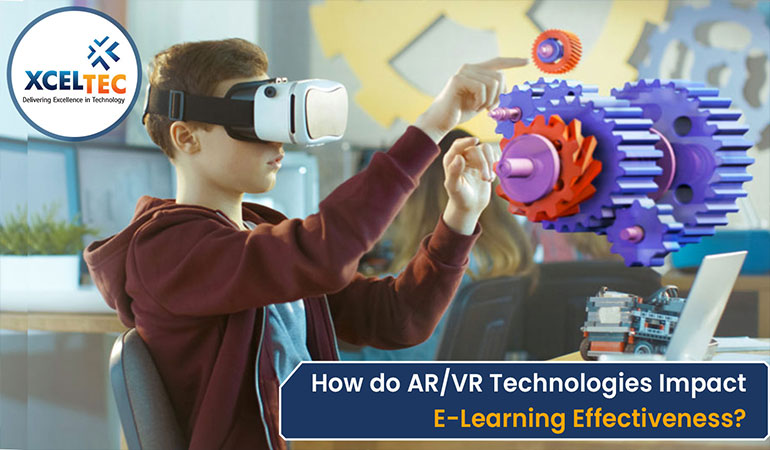
How do AR/VR Technologies Impact e-Learning Effectiveness?
Electronic learning, often known as eLearning, enhances the learning experience by using an electronic medium, preferably connected to the internet. With the widespread use of cell phones, they have become an integral part of everyone’s lives in some form. The COVID-19 pandemic, which has pushed millions of individuals to learn online, has given educational technology (EdTech) and online education another boost.
At the same time, advances in processing power, technology, and the availability of the appropriate equipment are propelling the adoption of augmented and virtual reality in eLearning. Both technologies have the potential to enable school children, college students, professionals, business personnel, and others to study and train in ways that have never been possible before.
Let's start by looking at how AR/VR affects the eLearning sector. The Pros of Using Virtual & Augmented Reality in Education
VR immerses the user totally in a simulated or imagined world. Users interact with the virtual world via controllers, gloves, distance sensors, and other peripherals. External distractions are blocked by the helmet, which helps concentration in the virtual learning session. A smartphone can be used instead of a costly headset. In this scenario, the programme was created for and is available on the Android and iOS app stores. Apps for more complex headsets are often available on the headset manufacturers’ app stores.
AR augments a live view with digital elements or visuals that users can see via the transparent lenses of their smartphones or smart glasses. Image recognition or recognition based AR overlays digital things with markers in the real-world environment that the camera detects. Markerless technology scans surfaces in relation to the positions of things. Markerless technology and geospatial data are used in AR geo-positioning applications. The vast majority of augmented reality apps are available on Google Play or the App Store.
Excellent VR/AR e-Learning Course Characteristics
Interactivity
A standard eLearning course moves through each screen one by one. The learner should be able to wander through the virtual environment and explore, experiment, learn, and engage in an immersive learning course. They should nearly simultaneously listen, read, watch, manipulate items, and execute actions.
Realistic Scenarios & Visuals
Learners should be able to explore and manipulate 3D items while also being able to see minute details. Although the text is still crucial, visual strength is what conveys the majority of information. Only in surroundings that elicit realistic responses can interaction, communication, and observation be formed.
The quality of visualisation is very important for course programmers and graphic or 3D designers. A high frame rate is required for the viewer to feel confident in a virtual reality environment. The developers can focus the user on the essential learning models by underestimating the backdrop, whereas visual stylization makes consumers understand the ‘artifice.’ As a result, VR creators should strive for a mix of realism and performance.
Concentrate on High-quality Content
A Student-centred Approach
There is no such thing as a one-size-fits-all solution. Immersive training product developers should strive for personalisation and customisation. Make learning activities self-paced. Provide choices for customization based on the user’s needs, skill level, psychological characteristics, and so on.
VR & AR Technologies: The Future of E-Learning
Traditional education is quickly becoming obsolete. As of 2017, approximately 6 million persons in the United States have enrolled in online education; this enrolment has been expanding even as overall higher education enrollments were declining. The online learning market was expected to reach US$350 billion by 2025 before the pandemic, but those estimates may need to be revised in light of the effects of Corona.
Studying is now more computerised and influenced by technological advancements. Schools, universities, and other educational institutions are increasingly seeking to incorporate new technologies into the learning process. By 2027, the EdTech business is estimated to be worth $680.1 billion, expanding at a 17.9% annual pace.
Final Thought
Get in touch with us for more!
Contact us on:- +91 987 979 9459 | +1 919 400 9200
Email us at:- sales@xceltec.com

